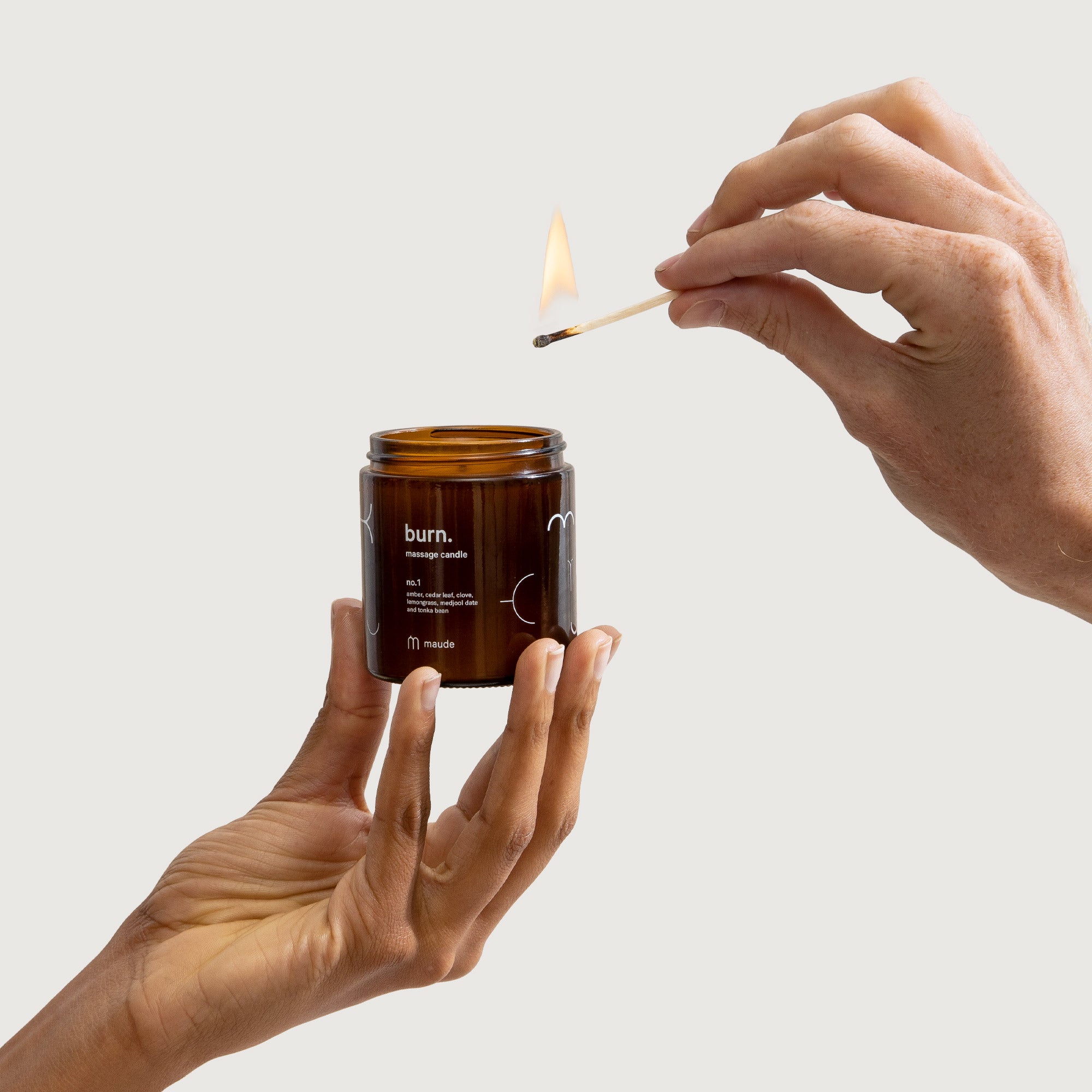How Victorian Britain went BDSM Bonkers.

From brothels to the underground dominatrix scene.
In the 19th century, certain areas of London were almost wall-to-wall dungeons filled with wealthy men being voluntarily flogged. It doesn’t fit in with the common idea of the Victorian era being all sexless and puritan, sure, but there was a lot more going on than that stereotype has people believe.
In 1828, brothel-keeper and dominatrix Theresa Berkley unveiled the “Berkley Horse”, a purpose-built bondage rack also known as the “chevalet”, named after a similar device used for non-consensual torture. Willing participants were tied to it face-down, with carefully located holes allowing access to key areas. They would then be birched from behind by one woman while another, in the words of one enthusiast of the time, “manualized his embolon”.
Berkeley was one of many whip-toting businesswomen of the time. A popular book of the day, entitled Fashionable Lectures: Composed and Delivered with Birch Discipline, was essentially a catalog of places a monied gentleman could visit to get flogged within an inch of his life.
The Victorians didn’t invent BDSM, of course—eroticized depictions of whippings and beatings can be found going back centuries. There is a mural in a tomb in central Italy dating from the fifth century BC showing two men whipping a woman, and there are references in Ancient Roman and Greek texts to sexualized flagellation. Despite no basis in reality, a story about the philosopher Aristotle being ridden, bound, by Phyllis, a dominant woman who held him in her thrall, was popular in medieval times.
Why the sudden 19th-century explosion in flagellation, though? A combination of a few things was at play.
Titillating Technology
While there are few things more low-fi than a stick to the buttocks, technology played a part. The 18th century had seen the idea of “impact play” spread by various writers. The publishing sensation Fanny Hill—a book so salacious that the author ended up being paid by the government not to write anymore—included flagellation, and the S and M in BDSM come ultimately from two 18th-century writers, the Marquis De Sade and Leopold Sacher-Masoch, whose controversial works popularized the idea.
Increasingly cheap printing technology meant both an increase in literacy and an increase in the availability of books in general, which included a lot of erotic material (such as the incredibly titled Lady Bumtickler’s Revels). Newspapers provided an avenue for like-minded individuals to find one another, and the advent of photography brought with it pornography, including bondage-themed material.
Adult Adventurers
There were a few figures in London life who helped the spread of the idea, adventurers like Richard Burton who traveled the globe and returned with exotic, boundary-pushing tales of sexy foreign practices. There seems to have been an element of pride in gentlemen’s clubs being as provocative as they could and attempting to one-up one another in terms of outrageousness.
The decadence movement in poetry and literature brought with it a delight in shock and perversion. Algernon Swinburne, an enthusiastic recipient of many a flogging, deliberately spread a rumor that he had had sex with, then eaten, a monkey.
The rapid growth of urban areas also meant there were simply more people around, and more money, which meant businesses like Berkley’s could thrive. One customer of Berkley’s wrote to her proposing a sliding scale of payment based on how hurt he ended up, suggesting “a pound sterling for the first blood drawn, two pounds if the blood runs down to my heels, three pounds if my heels are bathed in blood, four pounds if the blood reaches the floor, and five pounds if you succeed in making me lose consciousness."
Classy Canings
There was also almost certainly some kind of class-based psychosexual phenomenon at play. Upper-class men of the time—which were the people paying hefty sums to be walloped—were educated in single-sex environments, and the only women they would generally come into contact with were educational disciplinarians. The English education system of the time leaned heavily on corporal punishment, and an entire sub-genre of erotic literature of the time centered on stories of boys experiencing sexual awakenings as the petticoats of the governess thrashing them rode up. (Professionals like Theresa Berkley were known, in fact, as “governesses”—the word dominatrix wouldn’t be coined until the 1960s.) In France, so many British men were requesting to be beaten up by a sex worker that it became known as “the English vice”.
Whether that’s truly where it stemmed from will remain a mystery—other writers of the time theorized that the British predilection for bondage had something to do with the climate—but whatever it was, the era solidified the basic frameworks of BDSM. The 20th century brought further mass media and improvements in material technology (good luck making a latex bodysuit in 1870), but that whole world owes a lot to big-mustached Victorians cheerfully having their embolons manualized.







